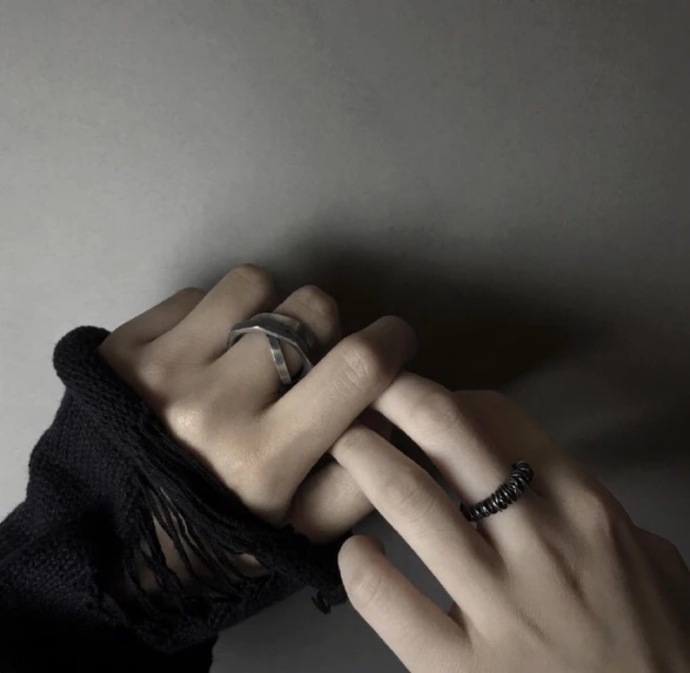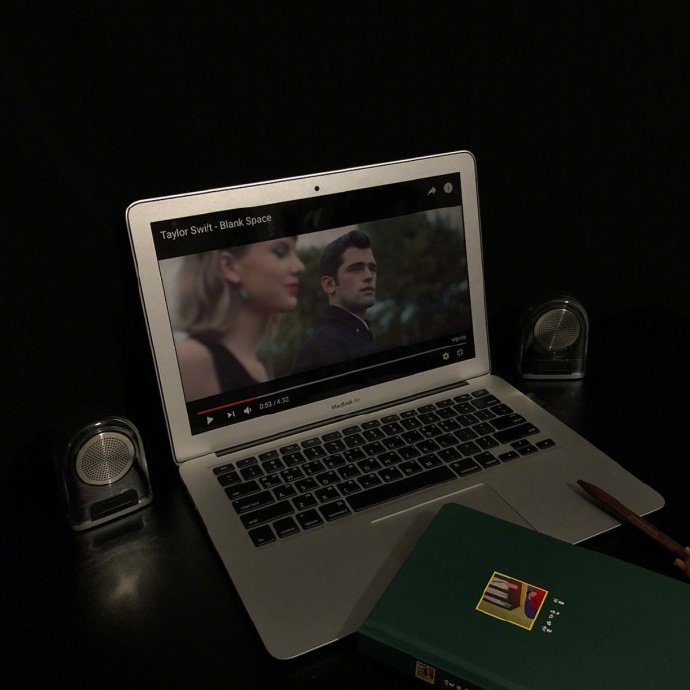一、储备基础知识
1、初识mAP
根据我们的认知,mAP本质是各类AP的平均值,AP又是什么?
AP:Average Precision,代表的是训练结果的精度
既然mAP是AP(Average Precision)的平均值,那么首先要了解AP的定义和计算方法。要了解AP的定义,首先需要区别什么是精(Precision),什么是准(Accuracy)
Precision指精度,意味着随机误差(Random Error)小,即方差(Variance)小,描述了实际值的扰动情况。
Accuracy指准度,意味着系统误差(System Error)小,即偏差(Bias) 小,描述了的实际值与真实结果的偏离程度,准确度高,意味着误差(Error)小
Error = Bias + Variance
所谓精与准:举个例子

知道了这些概念后,我们先把这些玩意放在这…
2、TP、FN、FP、TN
想必机器学习和深度学习入门的时候,一大部分人都看过吴恩达老师的网课,或者有听过类似的教学。
在学习过程中有一个东西给大家留下的印象应该是比较深刻的:
True Positive(TP):正实际为正实际为正
False Negative(FN): 预测为负实际为正
False Positive(FP): 预测为负实际为正
True Negative(TN): 预测为负实际为负

简单来说:
T或者F代表的是该样本 是否被正确分类。
P或者N代表的是该样本 原本是正样本还是负样本。

所以这些变量与参数的关系也是显然易见的。
举个例子:有60个正样本,40个负样本,系统预测了50个正样本,其中40个是预测正确的正样本;预测了50个负样本,其中30个是预测正确的负样本。TP=40,FP=10;FN=20,TN=30。
那么:
Precision(精确度) = 40/(40+10)=80%
Recall(召回率) = 40/(40+20)=66.7%;
Accuracy(准确度) = (40+30)/(40+10+30+20) = 70%
F1 Score = 240/(240+10+20) = 72.7%
好了我们总结一下:
Precision是预测为正实际为正占预测为正的比例
Recall是预测为正实际为正占总体正样本的比例
Accuracy是预测为主实际为主和预测为负实际为主占总样本的比例。
F1 Score是Precision与Recall的调和平均(harmonic mean),是综合Precision与Recall的评估指标,用于综合反映整体的指标。
但你现在有没有发现一个问题?
3、IOU
我们知道计算AP的原理了,mAP也就是除以类别数,但是计算这些东西的原料:TP、FN、FP、TN又该怎么得到呢?
我们YOLO目标检测出来的输出,本质上是一个框,加上识别出来的类别名称。那么这样的输出怎么给他转化呢?
IOU的定义:IoU (Intersection over union)交并比,预测框(Prediction)与原标记框(Ground truth)之间的重叠度(Overlap),最理想情况是完全重叠,即比值=1
用图说话:

假如我们是要做这样的一个奇怪的目标,蓝色的是我们提前标注好的,橙色的是我们训练的模型做出来的。

IOU说白了就是两个框图重合面积与覆盖总面积的比值。
所以我们要把测试结果做成TP…这些原材料,就是设定一个固定的阈值,让IOU比它大的时候认为是true(1),小的时候认为是False(0),这样下来一个简单的分类器就做好了。
那再想想,我们是怎么算这个IOU呢?
我想,对于这整个训练出来的结果,应该不会太过陌生:
我的意思是说,我们只需要对测试集的图片用已有的训练模型(h5文件)进行识别,就可以得到每个测试集的输出,其输出形式其实有很多种,包括:
带有框的图片、xml文件、txt文件
这里面的核心信息包括:类别、置信度、框的坐标与大小
IOU的计算方式就显然易见了:框的坐标和大小即足够了。
(当然,你也要准备好打好标签的测试集ground truth)
二、开始计算
到这了就非常非常简单了,默认使用的是voc数据集
我们需要准备几个原材料:
- ground truth:也就是你自己打好标签的voc测试集
- detection results:训练模型识别出来后输出的txt文件
- mAP计算源码
1、原材料1
voc测试集:一般来说在自己数据集划分时都有保留一部分作为测试集,这部分需要人工打好标签,关于怎么打标签,未来有时间我会出一个简单的教程。
另外,如果你使用的是coco数据集,如何对其进行转化这就要靠你的咯(未来可能有时间我也再写一下)
如果你手头仅有xml文件,没关系足够了
2、原材料2
yolo_test.py我们需要一个test调用模型识别自己的测试集:
源码如下,自行取用更改:(比较长)
# -*- coding: utf-8 -*-
import colorsys
import os
from timeit import default_timer as timer
import time
import numpy as np
from keras import backend as K
from keras.models import load_model
from keras.layers import Input
from PIL import Image, ImageFont, ImageDraw
from yolo3.model import yolo_eval, yolo_body, tiny_yolo_body
from yolo3.utils import letterbox_image
from keras.utils import multi_gpu_model
path = './test/' #待检测图片的位置
# 创建创建一个存储检测结果的dir
result_path = './result'
if not os.path.exists(result_path):
os.makedirs(result_path)
# result如果之前存放的有文件,全部清除
for i in os.listdir(result_path):
path_file = os.path.join(result_path,i)
if os.path.isfile(path_file):
os.remove(path_file)
#创建一个记录检测结果的文件
txt_path =result_path + '/result.txt'
file = open(txt_path,'w')
class YOLO(object):
_defaults = {
"model_path": 'model_data/yolo.h5',
"anchors_path": 'model_data/yolo_anchors.txt',
"classes_path": 'model_data/coco_classes.txt',
"score" : 0.3,
"iou" : 0.45,
"model_image_size" : (416, 416),
"gpu_num" : 1,
}
@classmethod
def get_defaults(cls, n):
if n in cls._defaults:
return cls._defaults[n]
else:
return "Unrecognized attribute name '" + n + "'"
def __init__(self, **kwargs):
self.__dict__.update(self._defaults) # set up default values
self.__dict__.update(kwargs) # and update with user overrides
self.class_names = self._get_class()
self.anchors = self._get_anchors()
self.sess = K.get_session()
self.boxes, self.scores, self.classes = self.generate()
def _get_class(self):
classes_path = os.path.expanduser(self.classes_path)
with open(classes_path) as f:
class_names = f.readlines()
class_names = [c.strip() for c in class_names]
return class_names
def _get_anchors(self):
anchors_path = os.path.expanduser(self.anchors_path)
with open(anchors_path) as f:
anchors = f.readline()
anchors = [float(x) for x in anchors.split(',')]
return np.array(anchors).reshape(-1, 2)
def generate(self):
model_path = os.path.expanduser(self.model_path)
assert model_path.endswith('.h5'), 'Keras model or weights must be a .h5 file.'
# Load model, or construct model and load weights.
num_anchors = len(self.anchors)
num_classes = len(self.class_names)
is_tiny_version = num_anchors==6 # default setting
try:
self.yolo_model = load_model(model_path, compile=False)
except:
self.yolo_model = tiny_yolo_body(Input(shape=(None,None,3)), num_anchors//2, num_classes) \
if is_tiny_version else yolo_body(Input(shape=(None,None,3)), num_anchors//3, num_classes)
self.yolo_model.load_weights(self.model_path) # make sure model, anchors and classes match
else:
assert self.yolo_model.layers[-1].output_shape[-1] == \
num_anchors/len(self.yolo_model.output) * (num_classes + 5), \
'Mismatch between model and given anchor and class sizes'
print('{} model, anchors, and classes loaded.'.format(model_path))
# Generate colors for drawing bounding boxes.
hsv_tuples = [(x / len(self.class_names), 1., 1.)
for x in range(len(self.class_names))]
self.colors = list(map(lambda x: colorsys.hsv_to_rgb(*x), hsv_tuples))
self.colors = list(
map(lambda x: (int(x[0] * 255), int(x[1] * 255), int(x[2] * 255)),
self.colors))
np.random.seed(10101) # Fixed seed for consistent colors across runs.
np.random.shuffle(self.colors) # Shuffle colors to decorrelate adjacent classes.
np.random.seed(None) # Reset seed to default.
# Generate output tensor targets for filtered bounding boxes.
self.input_image_shape = K.placeholder(shape=(2, ))
if self.gpu_num>=2:
self.yolo_model = multi_gpu_model(self.yolo_model, gpus=self.gpu_num)
boxes, scores, classes = yolo_eval(self.yolo_model.output, self.anchors,
len(self.class_names), self.input_image_shape,
score_threshold=self.score, iou_threshold=self.iou)
return boxes, scores, classes
def detect_image(self, image):
start = timer() # 开始计时
if self.model_image_size != (None, None):
assert self.model_image_size[0]%32 == 0, 'Multiples of 32 required'
assert self.model_image_size[1]%32 == 0, 'Multiples of 32 required'
boxed_image = letterbox_image(image, tuple(reversed(self.model_image_size)))
else:
new_image_size = (image.width - (image.width % 32),
image.height - (image.height % 32))
boxed_image = letterbox_image(image, new_image_size)
image_data = np.array(boxed_image, dtype='float32')
print(image_data.shape) #打印图片的尺寸
image_data /= 255.
image_data = np.expand_dims(image_data, 0) # Add batch dimension.
out_boxes, out_scores, out_classes = self.sess.run(
[self.boxes, self.scores, self.classes],
feed_dict={
self.yolo_model.input: image_data,
self.input_image_shape: [image.size[1], image.size[0]],
K.learning_phase(): 0
})
print('Found {} boxes for {}'.format(len(out_boxes), 'img')) # 提示用于找到几个bbox
font = ImageFont.truetype(font='font/FiraMono-Medium.otf',
size=np.floor(2e-2 * image.size[1] + 0.2).astype('int32'))
thickness = (image.size[0] + image.size[1]) // 500
# 保存框检测出的框的个数
#file.write('find '+str(len(out_boxes))+' target(s) \n')
for i, c in reversed(list(enumerate(out_classes))):
predicted_class = self.class_names[c]
box = out_boxes[i]
score = out_scores[i]
label = '{} {:.2f}'.format(predicted_class, score)
draw = ImageDraw.Draw(image)
label_size = draw.textsize(label, font)
top, left, bottom, right = box
top = max(0, np.floor(top + 0.5).astype('int32'))
left = max(0, np.floor(left + 0.5).astype('int32'))
bottom = min(image.size[1], np.floor(bottom + 0.5).astype('int32'))
right = min(image.size[0], np.floor(right + 0.5).astype('int32'))
# 写入检测位置
#file.write(predicted_class+' score: '+str(score)+' \nlocation: top: '+str(top)+'、 bottom: '+str(bottom)+'、 left: '+str(left)+'、 right: '+str(right)+'\n')
print(label, (left, top), (right, bottom))
if top - label_size[1] >= 0:
text_origin = np.array([left, top - label_size[1]])
else:
text_origin = np.array([left, top + 1])
# My kingdom for a good redistributable image drawing library.
for i in range(thickness):
draw.rectangle(
[left + i, top + i, right - i, bottom - i],
outline=self.colors[c])
draw.rectangle(
[tuple(text_origin), tuple(text_origin + label_size)],
fill=self.colors[c])
draw.text(text_origin, label, fill=(0, 0, 0), font=font)
del draw
end = timer()
print('time consume:%.3f s '%(end - start))
return image
def close_session(self):
self.sess.close()
# 图片检测
if __name__ == '__main__':
t1 = time.time()
yolo = YOLO()
for filename in os.listdir(path):
image_path = path+'/'+filename
portion = os.path.split(image_path)
file.write(portion[1]+' detect_result:\n')
image = Image.open(image_path)
r_image = yolo.detect_image(image)
file.write('\n')
#r_image.show() 显示检测结果
image_save_path = './result/result_'+portion[1]
print('detect result save to....:'+image_save_path)
r_image.save(image_save_path)
time_sum = time.time() - t1
# file.write('time sum: '+str(time_sum)+'s')
print('time sum:',time_sum)
file.close()
yolo.close_session()我们要求的输出格式是:
eye 86 274 146 305
eye 214 273 282 303
nose 138 334 220 385
mouth 139 404 220 437
classname left top right bottom
3、原材料3
源码链接:https://github.com/Cartucho/mAP
文件我也po了
最后我们就可以快乐输出了
由于我的项目和比赛结果时间的一些原因,现阶段我无法对其进行公开和分析评价
过一段时间国赛告一段落,我就po出来并好好分析
(一定要提醒我!提醒我!)



